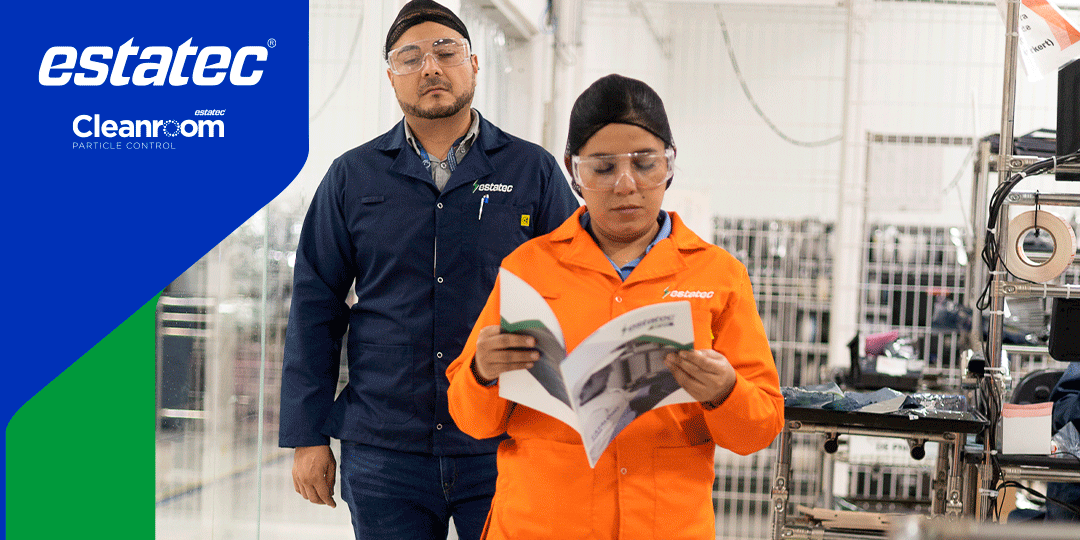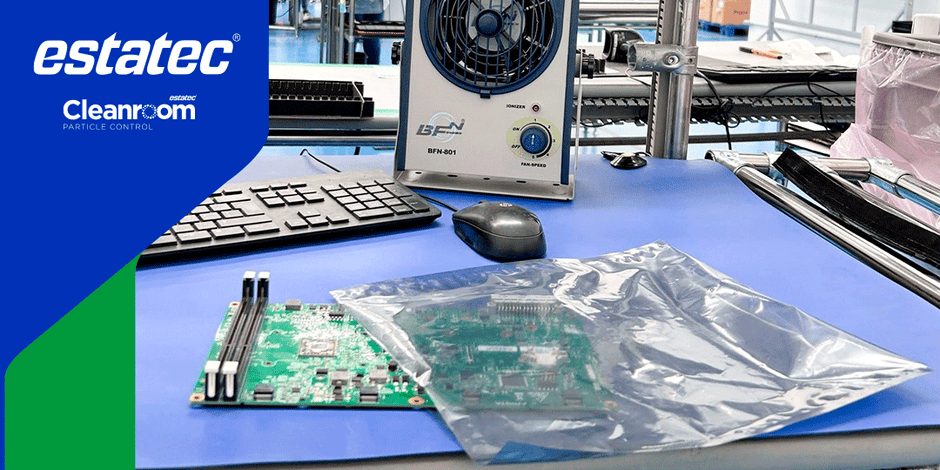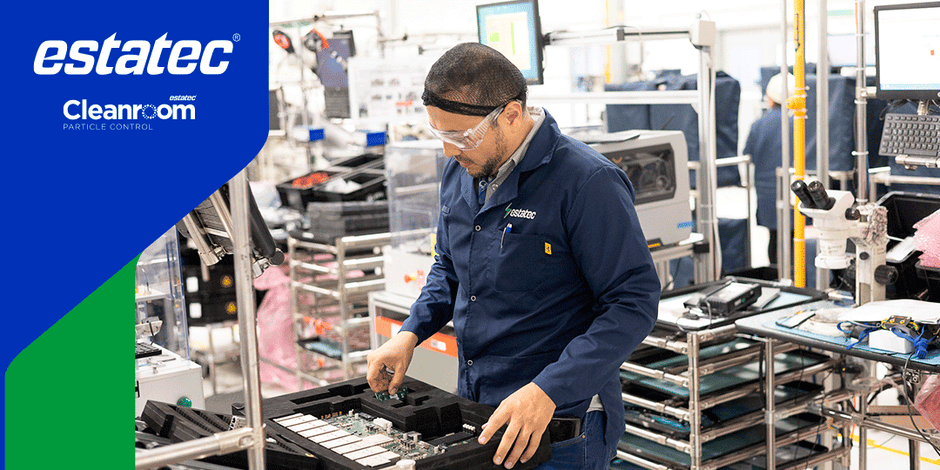Are you concerned about protecting your electronic devices from damage caused by electrostatic discharge (ESD)? Establishing an ESD protected area is vital for electronics safety, from manufacturing facilities to repair shops. Understanding the essentials of an ESD protected area is crucial to prevent costly damage and ensure the reliability of electronic components.
Electronic devices are highly sensitive to electrostatic discharge (ESD). Even a small discharge can cause irreparable damage, leading to malfunctions or failures. Therefore, creating an ESD protected area is essential to safeguard sensitive equipment from such risks.
An ESD protected area is a designated space equipped with controls and precautions to prevent ESD incidents. This includes using anti-static flooring, grounding systems, and ESD-safe workstations and tools. By establishing such an area, you can effectively protect electronic devices from ESD damage and reduce the risk of financial losses.
Creating a controlled environment is crucial for ensuring electronics safety. This involves regulating temperature, humidity, and cleanliness to minimize the risk of ESD incidents. To ensure the safety of sensitive equipment, it is essential to follow best practices and avoid common
|
Dos: |
Don'ts: |
|
Properly ground all conductive surfaces and items within the protected area to prevent static charge buildup. |
Allow untrained personnel inside the ESD protected area, as they may inadvertently cause ESD incidents. |
|
Ensure personnel wear grounding wrist straps and footwear to dissipate any static charges they may carry. |
Permit entry of individuals who are ill or have skin conditions that could compromise cleanliness. |
|
Use anti-static mats on work surfaces to minimize the accumulation of static charges during component handling. |
Use cosmetics, hairspray, lotions, perfumes, or nail polish inside the protected area, as they can introduce foreign particles. |
|
Store and handle sensitive electronic components in ESD-safe containers to prevent ESD damage. |
Wear jewelry outside of gowning garments, as it may puncture gloves or introduce contaminants. |
By adhering to these best practices and avoiding common mistakes, you can effectively safeguard sensitive equipment and maintain a reliable electronics protection strategy.








